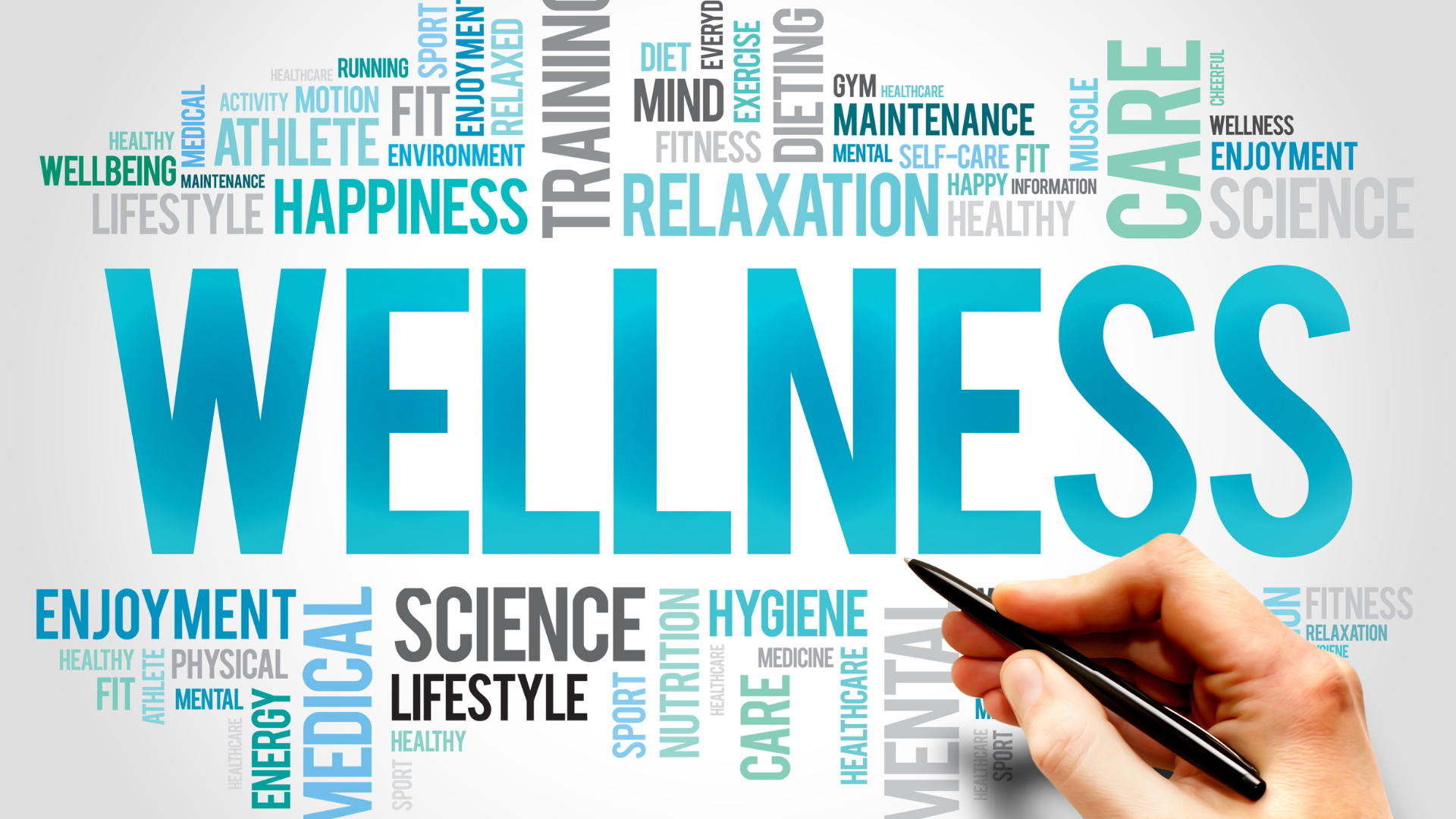PMS Supplements: How to Manage Your Mood Swings
Mood swings are common for women. When they happen, it can be tough to get through the day. But by using natural food supplements, you can get your emotional balance back.
Did you know that 60% of women experience premenstrual syndrome, or PMS, at some point in their lives? If you aren’t one of the lucky ones, chances are you experience its symptoms-a group of physical and emotional symptoms that affect both pre-and post-menopausal females. Symptoms typically manifest on the days leading up to your period. For those going through menopause, these symptoms can be exacerbated, often resulting in mood swings, fluctuating energy levels, and decreased mental clarity. To combat these challenges, many women may take the help of supplements such as MenoPhix, which are designed to provide hormonal support and alleviate menopausal discomforts. These supplements can potentially help regulate mood, boost energy levels, and enhance mental clarity, allowing women to navigate this transitional phase with greater ease and comfort.
What is a PMS supplement?
A PMS supplement is a supplement that is meant to treat symptoms associated with PMS. PMS is short for premenstrual syndrome. It occurs when a woman’s hormones begin to fluctuate around the time of her period. These hormones, like estrogen and progesterone, are supposed to be at their lowest during a woman’s cycle, but during PMS, these hormones are at their highest point. Therefore, a woman’s mood and other physical symptoms may heighten during this time.
PMS is a set of symptoms a woman experiences before the period begins. The symptoms of PMS include fatigue, cravings for salty or sweet food, bloating, depression, irritability, and mood swings.
How to Manage PMS
- Track your symptoms – One way to manage these symptoms is to track them-it can help you understand your symptoms better and help you identify how your body reacts to certain triggers.
- Exercise – Exercise can help alleviate PMS symptoms, including mood swings, irritability, and bloating. Furthermore, it can alter a woman’s circadian rhythm, meaning she can experience increased mood stability, energy, and alertness when working out regularly.
While PMS symptoms are uncomfortable for some, you don’t have to let them control your life. There are ways to manage your symptoms effectively so you don’t have to struggle.
What Supplements Help with PMS?
- Calcium – Calcium helps increase bone mass, which helps stop bone loss, which in turn helps to slow osteoporosis. The other benefit is that calcium helps prevent muscle cramps.
- Magnesium – Magnesium may be the essential mineral in your body, so it’s no wonder that supplementation with magnesium is often recommended for a wide variety of issues, such as pain relief, sleep, anxiety, depression, diabetes, constipation, heart health, hangovers, and PMS.
- Vitamin B6 – There are natural remedies for addressing some underlying causes. One of the most effective is vitamin B6, and you can find this nutrient in foods like eggs, bananas, poultry, seafood, nuts, and legumes.
- Chasteberry – Chasteberry, also known as Vitex agnus-castus, is a supplement that can help improve fertility. However, it is also being used by women to cope with premenstrual syndrome symptoms, such as mood swings, fatigue, and headaches. Chasteberry is most commonly available as a tea but is also available in capsules.
- Evening primrose oil – Evening primrose oil (EPO) is one of the better-known natural treatments for PMS; here, we’ll explore what EPO is and how it can help you.
- Ginkgo biloba – One such supplement is Ginkgo biloba, a herbal remedy that’s been used for thousands of years to help counteract PMS symptoms.
- St. John’s wort – To help ease your discomfort, try taking supplements that are known to help with PMS symptoms. St. John’s wort, which dates back to ancient Greece, has been used for centuries to help lessen painful and uncomfortable PMS symptoms.
- Herbal Tea: – One of the most common herbs used for the treatment of PMS is Chamomile. Chamomile can be most easily sourced in the form of teas, which is considered to be one of the best uure herbal teas. It possesses anti-spasmodic properties capable of relieving the painful cramps associated with menstruation.
Getting to the Root of PMS Mood Swings
Premenstrual Syndrome (PMS) encompasses a spectrum of symptoms that women commonly encounter about a month before their menstrual cycle. These symptoms, such as mood swings, bloating, fatigue, and backaches, are attributed to hormonal imbalances, particularly fluctuations in estrogen and progesterone levels. Despite the physiological basis, a stigma persists around discussing these symptoms openly, leading many women to navigate this aspect of their health discreetly.
That being said, for those grappling with severe PMS symptoms, undergoing hormone tests — more about this can be learned by looking up women’s health cypress — can be a pivotal step in identifying the primary contributors. Hormone tests provide a comprehensive analysis of estrogen and progesterone levels, shedding light on potential imbalances that may be exacerbating PMS symptoms.
By addressing hormonal irregularities, women can explore targeted interventions and personalized strategies to alleviate the impact of extreme PMS, promoting overall well-being and fostering a more open dialogue about women’s health. Regular hormonal assessments empower women to take charge of their reproductive health, contributing to a more informed and proactive approach to managing PMS.
Conclusion
Most of us are familiar with PMS. For some, it’s no big deal. For others, it’s a nightmare. But did you know that it is linked to a slew of other health issues, including infertility? (Sad face.)
Women’s emotional health affects their overall well-being, and it can be difficult to get a handle on the mood swings that come with premenstrual syndrome. Fortunately, a lot of women’s health issues can be treated. Try adding exercise or meditation to your daily regimen and eating more fiber.

